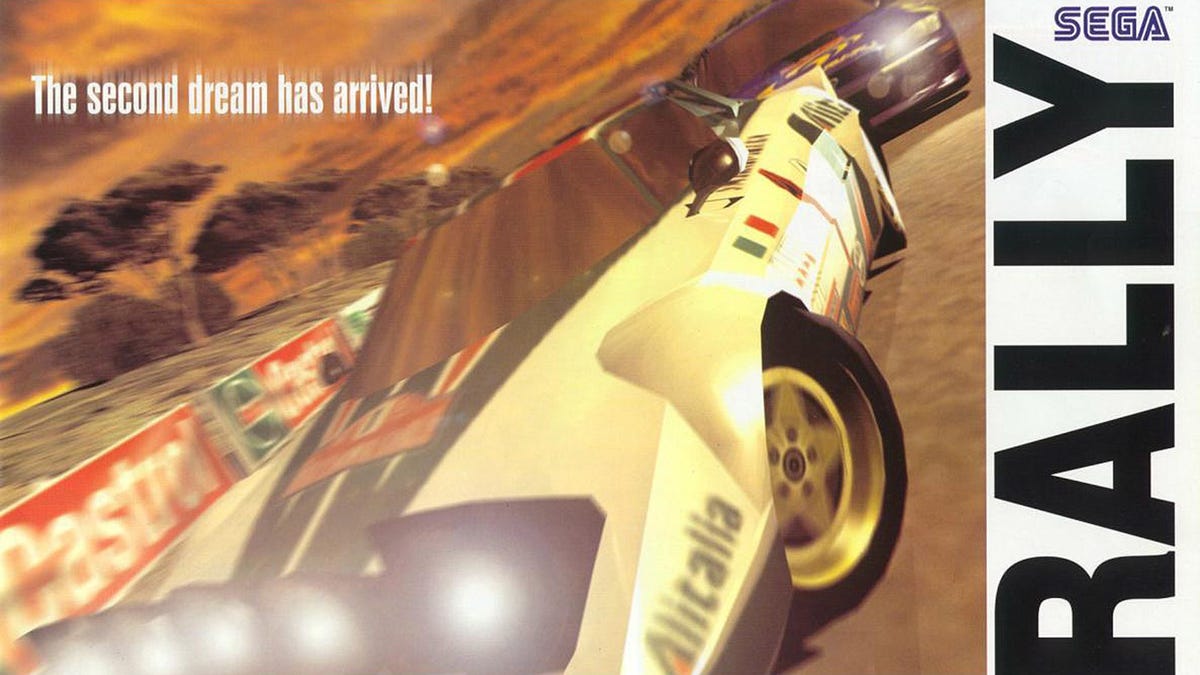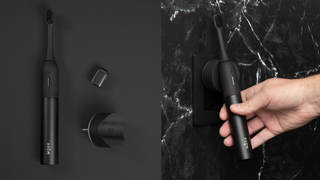Remembering the Dreamcast, the Racing Gamer's Console of Choice

On this day in 1999, the world briefly became a little brighter. That’s when Sega released its final games console, the Dreamcast, in North America. A massive media campaign, cryptically teasing “9.9.99” and sowing seeds that the little white box was not only powerful but sentient, set the scene for what was briefly considered “the biggest 24 hours in entertainment retail history” — before the hype train derailed midway through 2000. Still, the Dreamcast touted an impressive library of racing games despite its short life, and today it’s worth remembering them.
00:51
Americans Can’t Get Enough Super-Expensive Cars
2 hours ago
A third of the Dreamcast’s 18 launch titles in North America were racing games. On retail shelves on September 9, you’d find CART: Flag to Flag, Hydro Thunder, Tokyo Xtreme Racer, TNN Motorsports Hardcore Heat and Monaco Grand Prix, as well as TrickStyle — a hoverboarding game that wasn’t strictly about racing, though you could race in it. It was developed by a little British outfit known as Criterion Games; wonder what they’d get up to?
I remember barreling through the garage door of the house I grew up in at the age of six, excited to play Hydro Thunder after getting home from school on September 9. My brother picked up a Dreamcast at midnight, and in my anticipation I tripped and fell flat on my face running through the laundry room. As a child I was rubber, though, and nothing was going to stop me from getting my powerboat fix.
CART: Flag to Flag is a title that would be of particular interest to the Jalopnik crowd, as it’s one of the few licensed CART games ever released. It wasn’t the only one, and it was far from perfect, but you could make a case for it being the best. The Dreamcast’s then profound power advantage over the PlayStation made full grids, dynamic weather and the inclusion of every team, driver and track that comprised the 1998 CART season feasible. It also hit at a high point for the American open-wheel series — and less than two months before we lost Canadian phenom Greg Moore.
Of course, the Dreamcast’s finest racers were yet to come. Sega Rally 2 arrived in November. It was a messy port, lacking the polish that the Model 3 arcade original deserved, but I still loved it. Crazy Taxi, in all its addictive brilliance, came to us in January.
The second half of 2000 is where things really kicked into high gear, giving us the best version of San Francisco Rush 2049; Yu Suzuki’s delightful Ferrari F355 Challenge; Tokyo Xtreme Racer 2, which was a massive improvement over the original; and the frankly perfect Test Drive Le Mans from Infogrames Melbourne House, the greatest game ever made about the world’s greatest endurance race. Sega GT was hanging out somewhere in the mix too, cursed though it was.
G/O Media may get a commission

Magnetically Docking
Mode Electric Toothbrush
Luxury brushing
Mode is the first magnetically charging toothbrush, and rotates to dock in any outlet. The brushing experience is as luxurious as it looks—with soft, tapered bristles and a two-minute timer to be confident you reached all the crevices of your molars.
Here’s someone you may recognize playing the triple-screen arcade version of Ferrari F355 Challenge.Photo: Clive Mason (Getty Images)
Things wound down to a close quickly in 2001. By the end of March, the system was discontinued — but not before the release of Metropolis Street Racer, a thoughtful new approach to driving games from the crew at Bizarre Creations that aimed to reward technique over speed. It’d attract more eyeballs as Project Gotham Racing on Xbox.
A phenomenally weird take on Daytona USA rounded out Sega’s first party contributions. With development outsourced to Genki, it wasn’t the home port of Daytona USA 2: Battle On The Edge everyone wanted, but it was an early example of online multiplayer in a console racer. That has to count for something, right?
Still the best console packaging ever.Photo: Joe Raedle/Newsmakers (Getty Images)
Was the Dreamcast the best system for racing games? Probably not; the PlayStation 2 and Xbox have it beat simply by virtue of hanging around longer, and claiming more all-time greats like Gran Turismo 3 and 4, Ridge Racer V, Project Gotham Racing 2, RalliSport Challenge 2 and Burnout 3: Takedown. Sega didn’t even give us its best work on the Dreamcast — that Sega Rally 2 port still leaves a bitter taste, and we never got the Scud Race conversion we deserved.
But I’d argue the Dreamcast has a more diverse catalog of racers than most platforms, properly spanning the arcade and sim spectrum to offer choices for everyone — some of which, like Crazy Taxi and MSR, were extremely forward-thinking. In just 18 months we got a lot of heavy hitters, and I even skipped over a bunch in my summary. The Dreamcast wasn’t merely a swan song for Sega; it was a swan song for innovative, old-school racing games.




